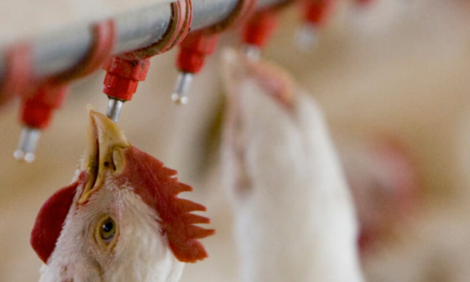



USDA detects second avian influenza strain in dairy cattle
Containment is critical, veterinary expert saysThe US Department of Agriculture (USDA) has detected a bird flu strain in dairy cattle that previously had not been seen in cows, Reuters reported, citing the agency's Animal and Plant Health Inspection Service on Wednesday.
Before this detection, all of the 957 avian influenza infections among dairy cow herds reported this year had been caused by the same strain of the virus, according to the USDA.
Nearly 70 people in the US have contracted avian influenza since April, most of them farm workers, as the virus has circulated among poultry flocks and dairy herds, according to the US Centers for Disease Control and Prevention.
Bird flu has also killed tens of millions of egg-laying hens and has driven egg prices to record highs.
The USDA said in a release that genome sequencing of milk from Nevada had identified a different strain present in dairy cows for the first time.
Reuters reported news of the detection of the second strain on Wednesday ahead of the agency's announcement.
That second strain was the predominant genotype among wild birds this past fall and winter, the agency said. It was identified through the agency's National Milk Testing Strategy, which began testing milk across the country for bird flu in December.
The Nevada Department of Agriculture said in a January 31 statement that herds in two counties had been placed under quarantine due to bird flu detections. It did not identify which strain had infected the herds, only that the strain had been detected in wild birds.
The state agency did not immediately respond to a request for comment.
The USDA on January 31 reported four dairy herds in Nevada with avian influenza, according to agency data.
It is important for the USDA to contain the outbreak quickly, so the strain does not spread to dairy cattle in other states, said Gail Hansen, a veterinary and public health consultant.
Last year, the virus spread across the country as infected cattle were shipped from Texas after the virus first leapt to cows from wild birds.
"We didn't get a hold on it before, and they allowed cattle to move while they were still infectious," Hansen said. "We want to avoid that same scenario from happening in Nevada."
The USDA requires lactating dairy cattle to be tested for bird flu before crossing state lines.
"My suspicion is that cattle that had been infected with the earlier strain are not necessarily going to be protected against this strain," Hansen added.









